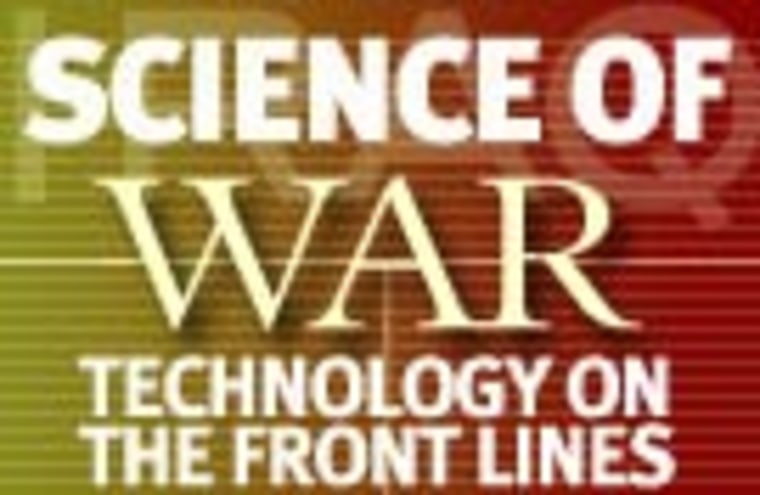Technology advances will turn future battlefields into a mass of sensors giving troops up to the minute information on the enemy, experts said Monday. “We are talking about a battlefield that literally talks to the soldiers, within the next 20 years,” said Maj. Charles Heyman, editor of Jane’s World Armies.

HEYMAN, A SOLDIER for 23 years and now a military analyst, was speaking at the Future Weaponry Conference at the Royal United Services Institute think-tank.
He said the problem for both front-line troops and army commanders throughout the ages had been getting accurate and timely information about the enemy.
Even in the latest war in Iraq, when American commanders had been able to track their forces with pinpoint accuracy and had Predator drones in the sky, they had in many cases been ignorant of what lay in front.
“I am hearing reports from Iraq saying that knowing what was happening six hours ago was interesting, but what forward commanders really need is information about what the enemy is actually doing now,” Heyman said.
The answer, he said, lay in spreading hundreds of tiny sensors across the enemy’s positions that would send out constant sound, visual and electronic intelligence.
The sensors, which need be no bigger than a matchbox and can be disguised to resemble small rocks, can operate for a long time using digital communications in bursts to make them impossible to detect, Heyman added.
Some might even be able to fly short distances to visually verify information picked up from other bugs.
Others took a different view.
“This is the tail wagging the dog,” said Wing Commander Rich Luck of the UK Ministry of Defense. “You need to completely rethink command and control then develop the technology, not let the technology drive the change.”
Defense analyst David Stuples observed that forward units could not possibly digest all the raw information and would in effect be turned into little freelance armies operating alone.
But all agreed that the technology was coming and noted its potential use in monitoring sensitive border areas such as between India and Pakistan or tracking terror groups.
© 2003 Reuters Limited. All rights reserved. Republication or redistribution of Reuters content is expressly prohibited without the prior written consent of Reuters.